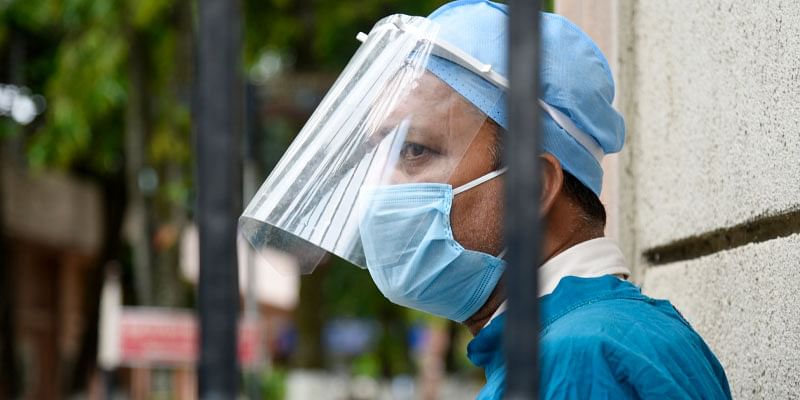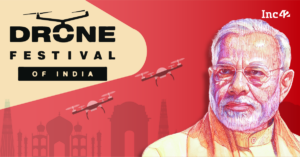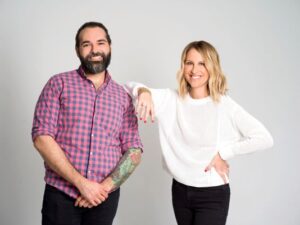In this speaker interview from the Intrapreneurship Conclave 2021, we share compelling insights and examples of enterprise innovation. See Part I, Part II, Part III, and Part IV of our preview series as a media partner, as well as our write-up on the 2019 edition and 15-part article series on the CII Global Knowledge Summit.
Karthik Rajagopal is Chief Operating Officer at Manipal Health Enterprises. He was earlier the CEO of Aster Hospitals and Clinics (GCC); Regional Director, Fortis Healthcare; Head-Brands, Wockhardt Hospitals; and GM at the Apollo Hospitals.
The Intrapreneurship Conclave — held virtually this week — helps companies focus on employee creativity and a vibrant culture of experimentation. The two-day event features 12 sessions and 22 speakers, who represent 19 companies.
Karthik joins us in this interview on how his organisation built up morale during uncertain times, encouraged creative ideas, leveraged technology, and carried out continuous training.
Edited excerpts below:
YS [YS]: What were some ways you built up morale in the company during the lockdown and WFH days?
Karthik Rajagopal [KR]: The pandemic severely tested the resolve and resilience of all organisations, and hospitals have been no exception. We, in fact, had an added dimension given the need to be in the frontline of dealing with the virus.
Unlike many other sectors, work from home (WFH) was not an option for healthcare providers. Ensuring the safety and morale of doctors, nurses, and technicians have been a key additional challenge for hospitals.
Our healthcare staff functioned way beyond their normal working hours and were also required to manage new responsibilities that did not have defined protocols. Hence, the challenges faced by the healthcare industry were significantly different from other sectors. A few focus areas helped us sail through these turbulent times with the employees, as described below.

1. Flattened leadership structure: It is one of the key factors that drives an employee is the role he or she plays in reaching the organisation’s goal. It’s essential to believe in the purpose and take ownership. We allowed our employees to participate and take the responsibility for the outcomes in the assigned task force. While this measure helped us to build a sense of responsibility among the employees, we also experienced much better outcomes.
2. Managing the speed of execution: With the clinical and non-clinical processes and protocols changing every day, it became crucial for us to continuously learn and understand the situation on-ground, and accordingly implement new ideas that could improve our swiftness in performing.
The senior management was present on-ground to understand the nitty-gritty of operations and worked towards solving the new challenges.
3. Enhanced employee connect: The senior leadership team constantly engaged with the employees on-ground and listened to their challenges and opinions. This engagement created a sense of togetherness among the employees. Each employee felt the genuine care and our firm’s support for their welfare.
4. Encouraged creative ideas: Employees were placed at the forefront to introduce ideas that could handle the challenges at hand. Brainstorming sessions were conducted consistently every day to attain better ideas to manage the situation, as hospitals had to continue the treatment for regular non-COVID patients and also manage COVID patients in a separate isolation ward.
5. Improved access to resources and data: The onset of the pandemic saw the rapid development in data and government protocols such as the use of face masks, travel cancellations, and screening of employees and patients. It was imperative for us to instantly adopt all the required measures and stay updated about the latest developments. Since the traditional model of data was limited, decision making on a new set of data played a critical role.
For instance, there was a need to allocate and use PPE where recommendations changed rapidly based on PPE availability, disease prevalence, and emerging knowledge of viral transmission.
We made provisions to ensure all the requirements were met for our employees and operations. We ensured adequate supply and stockpiling of PPEs and essential medical equipment for our employees.
6. Physical and mental support: These were difficult times for a lot of people — be it the extensive stress or the challenge faced by their loved ones. We ensured that all our employees were provided with physical and mental support to handle their situation.
7. Training and development: We provided our employees with adequate training and surveillance on protective practices to ensure they are well prepared to tackle the situation.
8. Special COVID allowance for frontline workers.

YS: What were some innovative ideas proposed by employees during the pandemic, and how were they implemented?
KR: The travel curbs, social distancing norms, and other behaviour changes influenced by the pandemic hastened the adoption of digital technologies in the healthcare sector.
It forced us to think of new ideas to manage patients and employees and introduce digitised processes. This period also made us think outside the box to ensure the same clinical care with lesser manpower and redefined processes.
1. Digital activation: Our team came up with ideas to fasten the activation of digital touchpoints for our patients. We launched a mobile app with enhanced features that allowed end-to-end solutions for patients.
From teleconsultation with their doctors, to downloading their medical reports, clearing of bills from any part of the world, to several other hospital-related work — most of the provisions have been made on the app.
2. E-learning for referral doctors: During the pandemic, there was a lot of confusion about the virus and the protocols that needed to be followed. Hence, it was essential to conduct continuing education for our referral doctors. We created e-learning programmes for our referral doctors and nursing homes to improve their patient care and treatment.
3. E-learning for patients through social media channels: We used our social media platforms to communicate with patients on the physical and mental exercises that could help them maintain their health during the lockdown.
4. Webinars: Our doctors conducted many live webinar sessions with patients and opened the forum to answer their queries and share their learnings with them.
5. Stress relieving engagement for employees: The human resources team proactively conducted many programmes to reduce the stress among the employees and ensure they rejuvenate. From yoga sessions to other forms of stress buster activities — the HR team conducted regular engagements to raise morale among employees.
6. Remote health monitoring and home care services: The teams have proposed an increased number of services that we started offering at home.
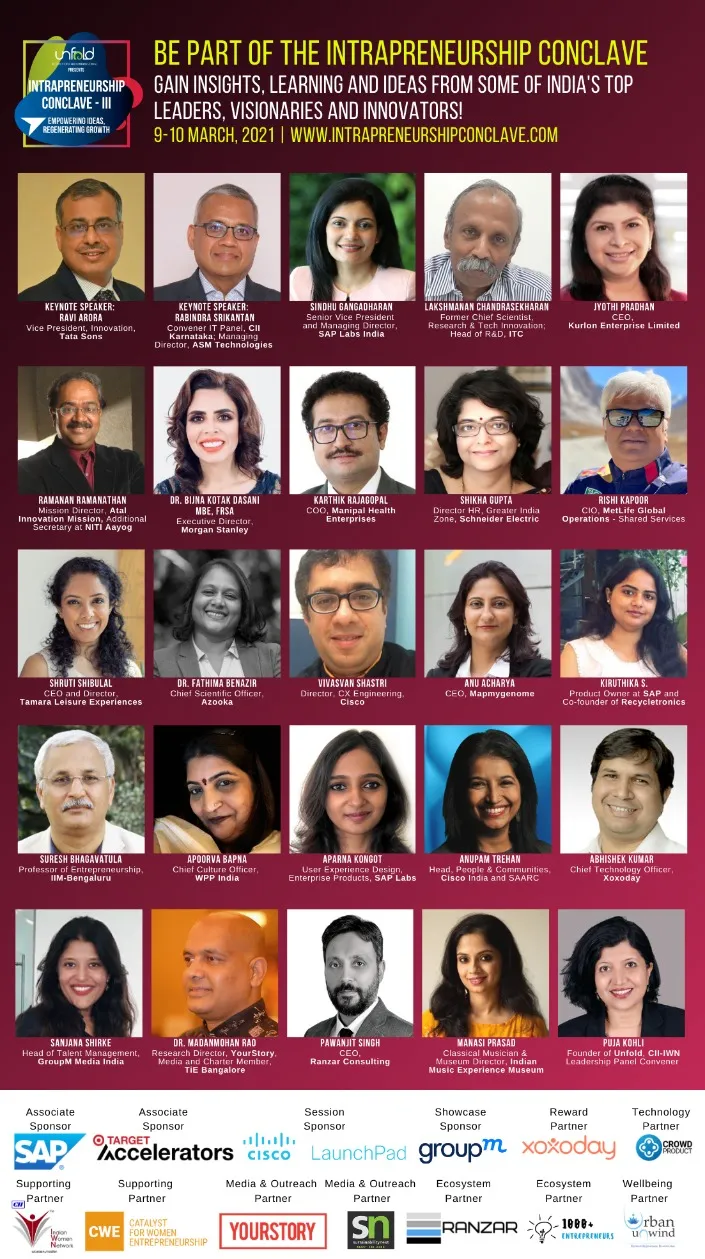
YS: As we complete a year since the imposition of the lockdown, what are some new process or culture changes you have introduced to ensure the flow of innovative ideas?
KR: We believe that innovation is the key to improve efficiency in all streams of work. We intend to create a work culture where innovation is a part of every employee’s daily activity.
Here are some of the new processes we follow to enhance the thought process of employees towards innovation.
1. Empowerment: The frontline staff are given the authority to be the decision-makers, and undertake a few initiatives that can improve patient care. This allows them to introduce newer ways of enhanced customer experience.
For instance, if a patient’s baby is crying at the atrium, there are many ways customer care staff can contribute to enhancing the experience of this patient. These ideas can be replicated across our hospital chain,
2. Multi-faceted approach to brainstorming: It is certainly true that any new idea is only successful if it is accepted by all the departments with dependencies. We are encouraging people from different teams to come together to brainstorm new ideas, and arrive at a conclusion keeping in mind the challenges faced by other departments.
3. Fail fast: Failure is the key to introduce new and more effective ideas. There is often a fear of failure that inhibits people from trying out new ideas. We encourage our employees to get past their fears, recognise new ideas, and implement them on-ground.
4. Two-way communication: To ensure that everyone is heard in the organisation, we have focussed on a two-way flow of communication among all levels. This enhances accessibility and connection among the employees. It also helps them to think differently, understand the end-to-end hospital operations, and introduce more effective ideas.
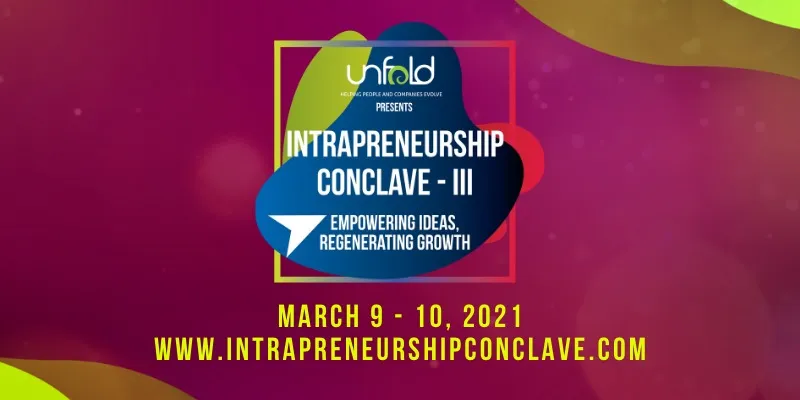
YS: What are your key tips to our audience on how to ensure a healthy culture of debate around innovative suggestions in their organisation?
KR:
1. Be upbeat and encourage all ideas: Many people don’t participate in sharing suggestions due to the fear of rejection, or the possibility of not being appreciated. It is essential to understand the point that the person is trying to make, and work in sync with their thoughts.
2. Don’t make it personal: Everyone needs to understand that the core objective of the discussion and debate is for the benefit of the organisation. One needs to focus on how to make the idea more effective during these discussions. Be open to suggestions and feedback while sharing ideas, and take it with a healthy spirit.
3. Participants should be prepared: Encourage participants to be prepared with their research before they start the debate. This helps in attaining a fruitful outcome.
4. Give everyone a fair chance: All the participants should be allowed to share their views, therefore the moderator’s role is also critical.

